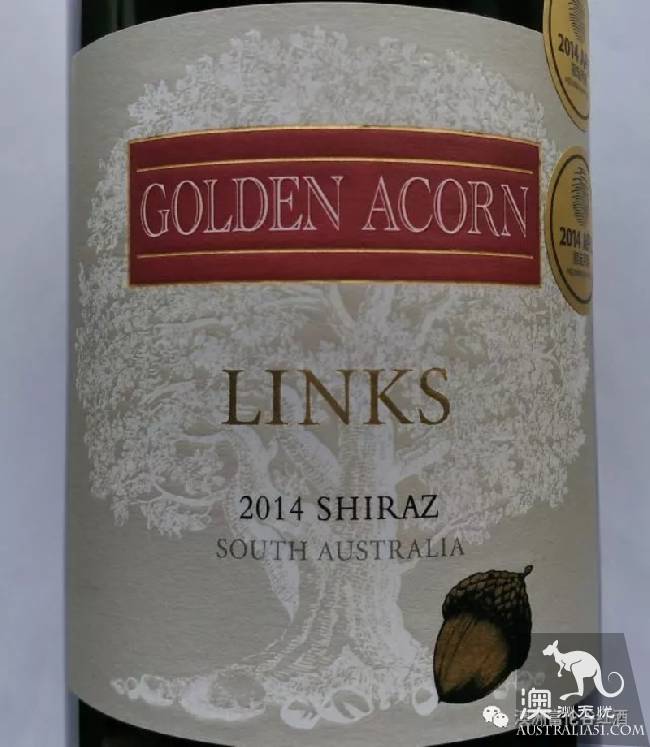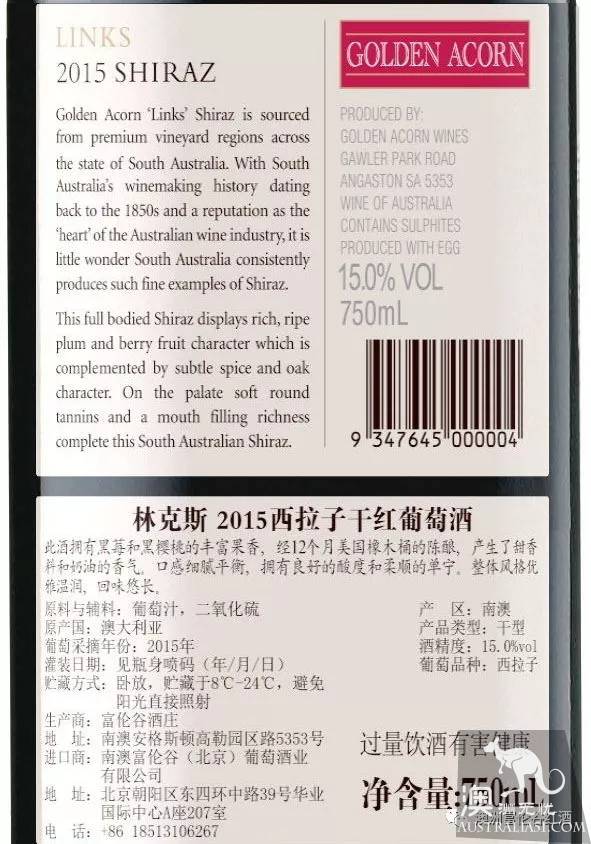
As one of the leading wine producers in the new world, Australian wine has attracted more and more consumers' attention and affection. Unlike French and Italian wines in the old world, Australian wines do not have a clear legal hierarchy and do not have strict standards of origin and grade as those of French wines. In short, Australian wine labels are very clear and easy to understand, and consumers can read the information at a glance.
1. Name and address of wine produce
World wine guru Robert James Gaitis (Robert James Geddes) has said that because Australians think producers are the best guarantee of wine quality, they are not judged by man-made rules of rank. So the current Australian wine label only provides guidance rather than clear grading. This is why Australian wines are always closely linked to the origin, producers and quality of the wine.
2. Country of origin
Australian regulations make it mandatory to mark "Produce of Australia" or "Australian Wine" on wine labels. If a wine is made from a mixture of two countries, the label should be marked as a percentage, for example, 75% of Australian wine and 25% of Chilean wine.
3, yea
Year is the year in which grapes are harvested. Although this information is not mandatory on the wine label, at least 85% of the grapes should be harvested in that year if the year is marked.

4, grape varieties
Australian regulations do not restrict the variety of wines that can be brewed, nor do they enforce the marking of grape varieties. To be marked, however, the following rules must be followed:
(1) marking a single grape variety. At least 85% of grapes use the grape variety.
(2) in the case of "blend", up to five varieties shall be marked, indicating more than 95% of the total variety and at least 5% of each variety.
(3) or up to 3 varieties, with a total mark of more than 85% and a single variety of at least 20%.
5, producing areas
This means that at least 85% of the grapes need to come from the region. The smaller the production area is, the stricter it is.
6, alcohol concentration and standard cup
The Australian regulations force to mark the concentration of alcohol on the standard, such as 12% of the standard cups (Standard Drums,1 standard cup = 10 g of alcohol), and 1 unit of alcohol used in the UK contains about 8 to 9 grams of ethanol. In North America,1 standard cup contain 12 g of ethanol.
7, allergen statement
The wine must be marked with a clear indication of what additives are added to the wine.
(A. Preservative (220) sulfur dioxide (sulphur dioxide) > 10 mg / kg ·h.
b. Clarify media (fining agent) such as: protein, milk, fish glue.
c. Non-grape tannic acid, such as chestnuts, nuts.